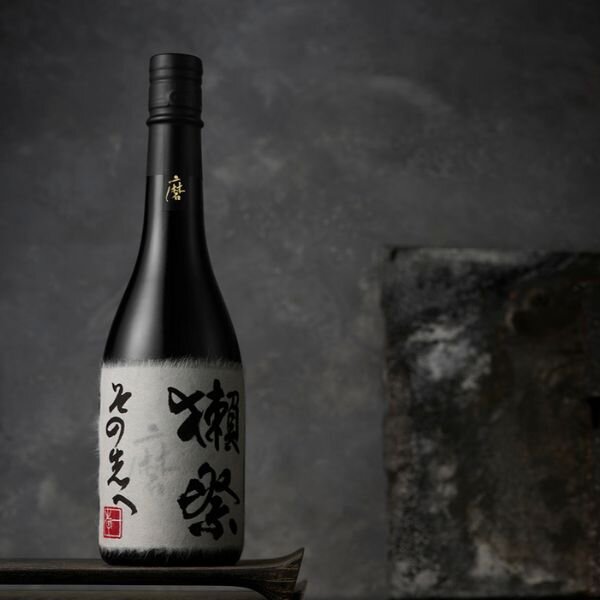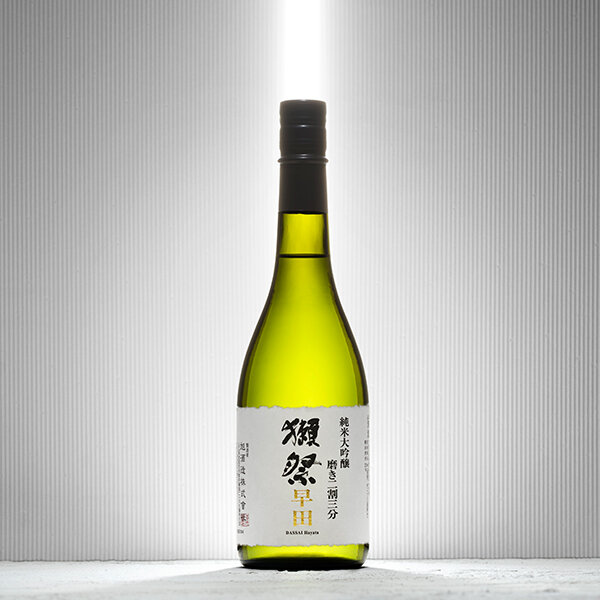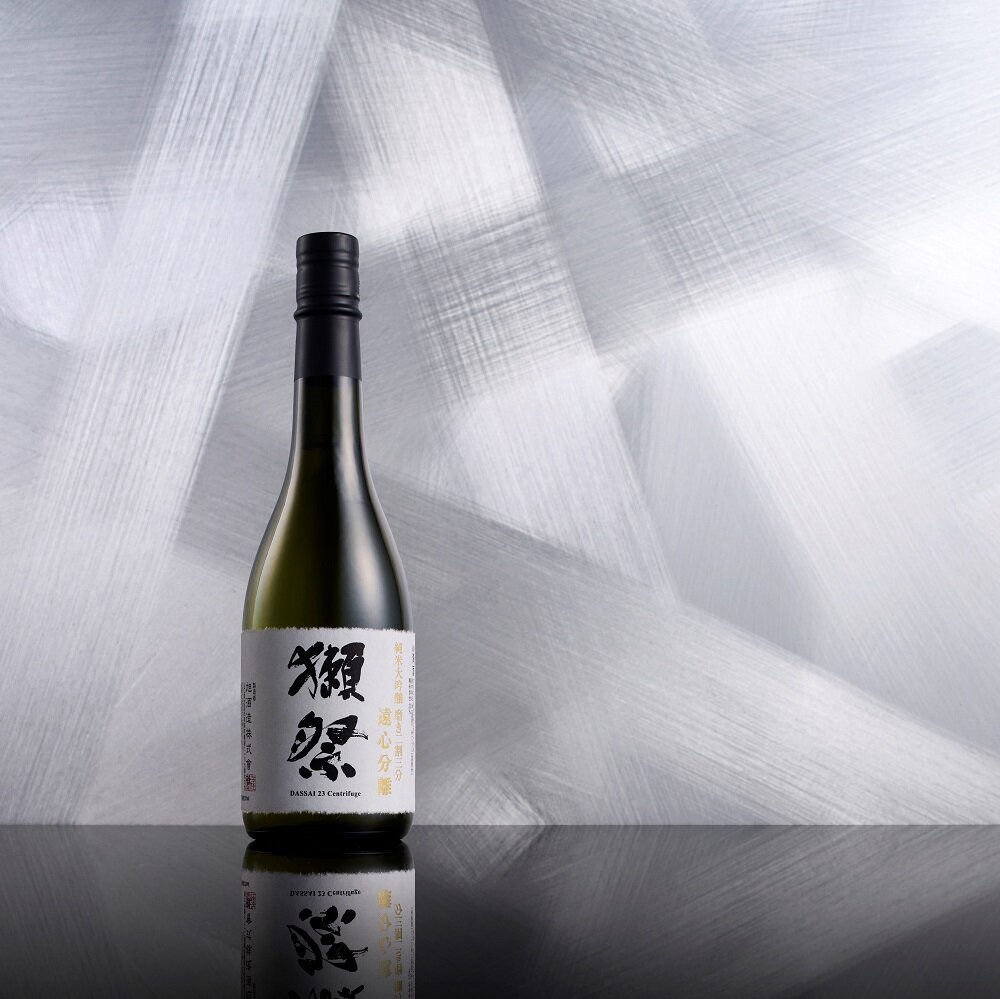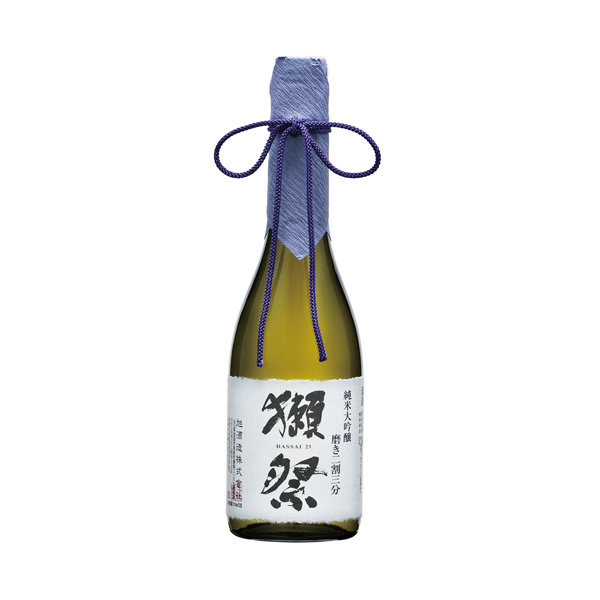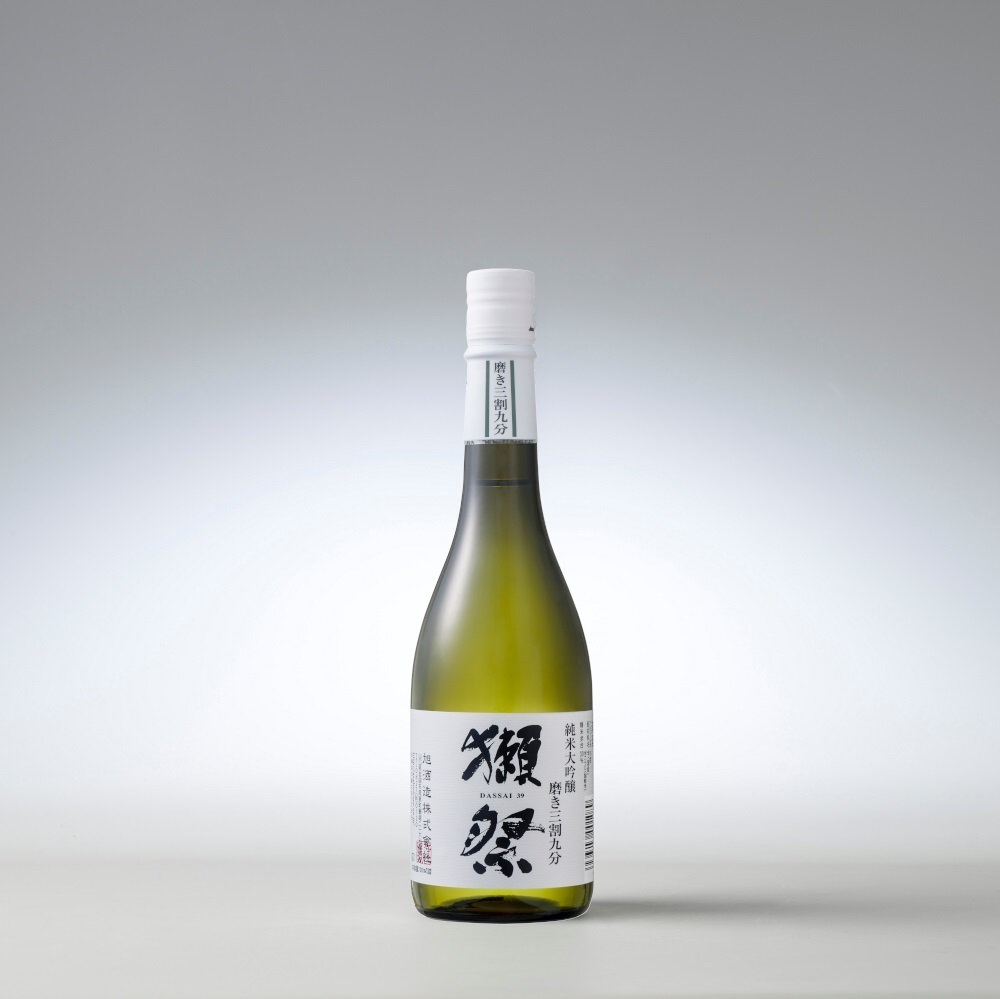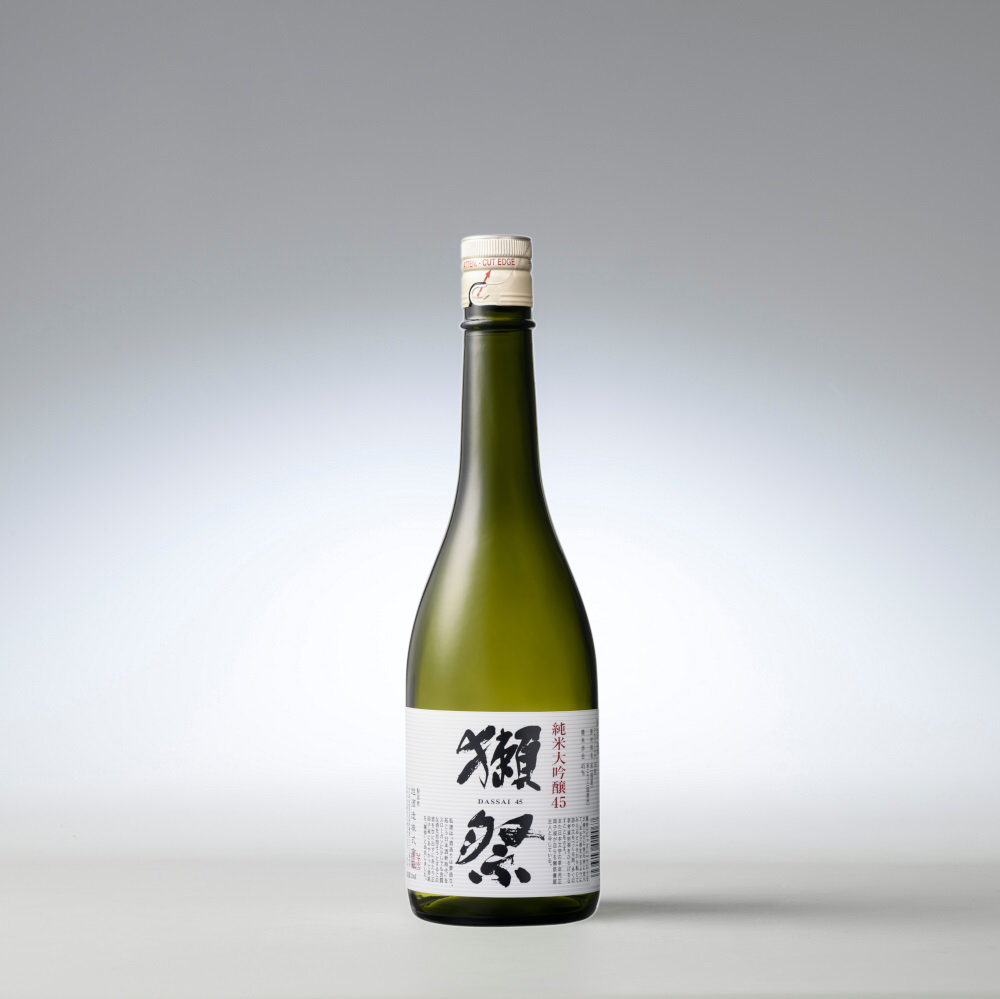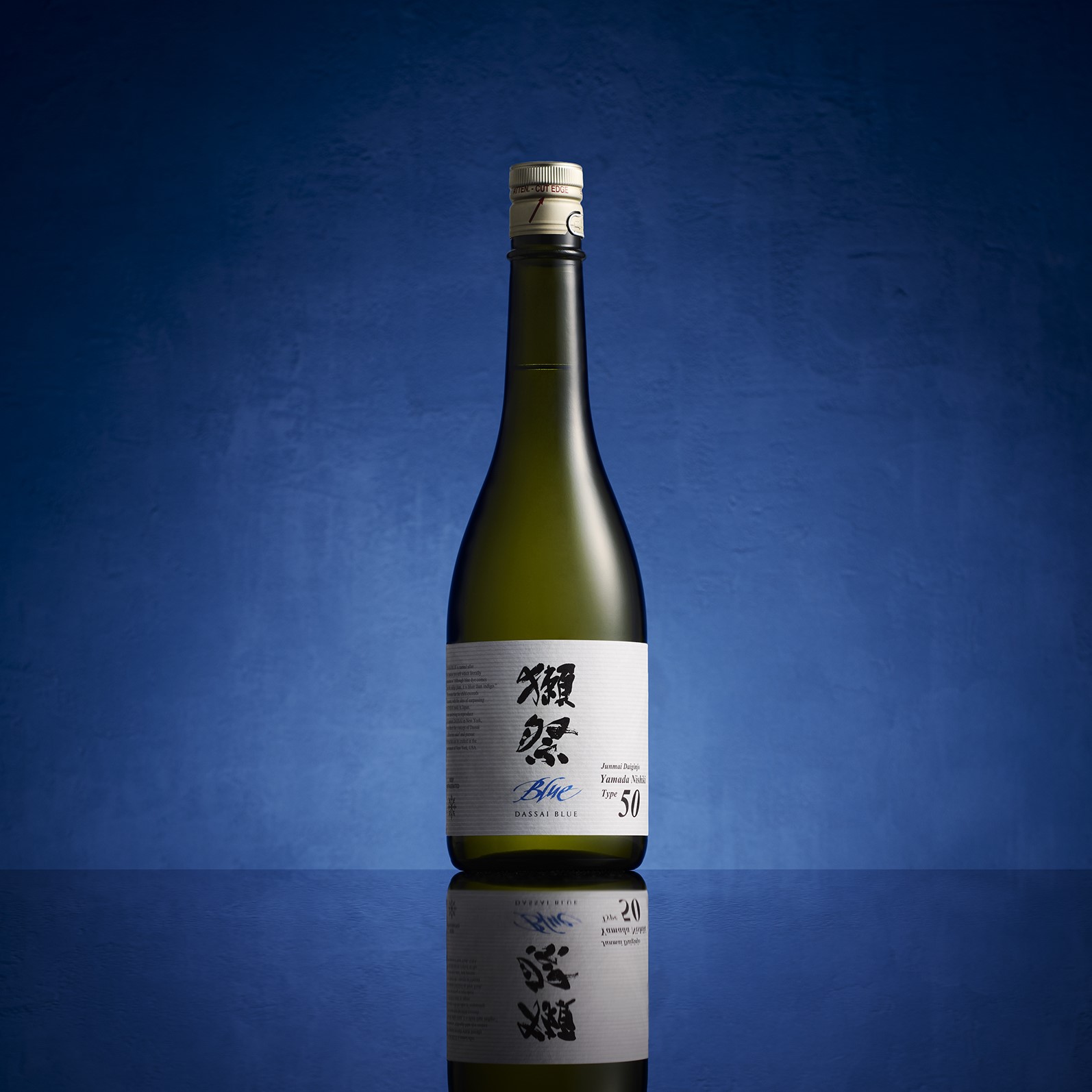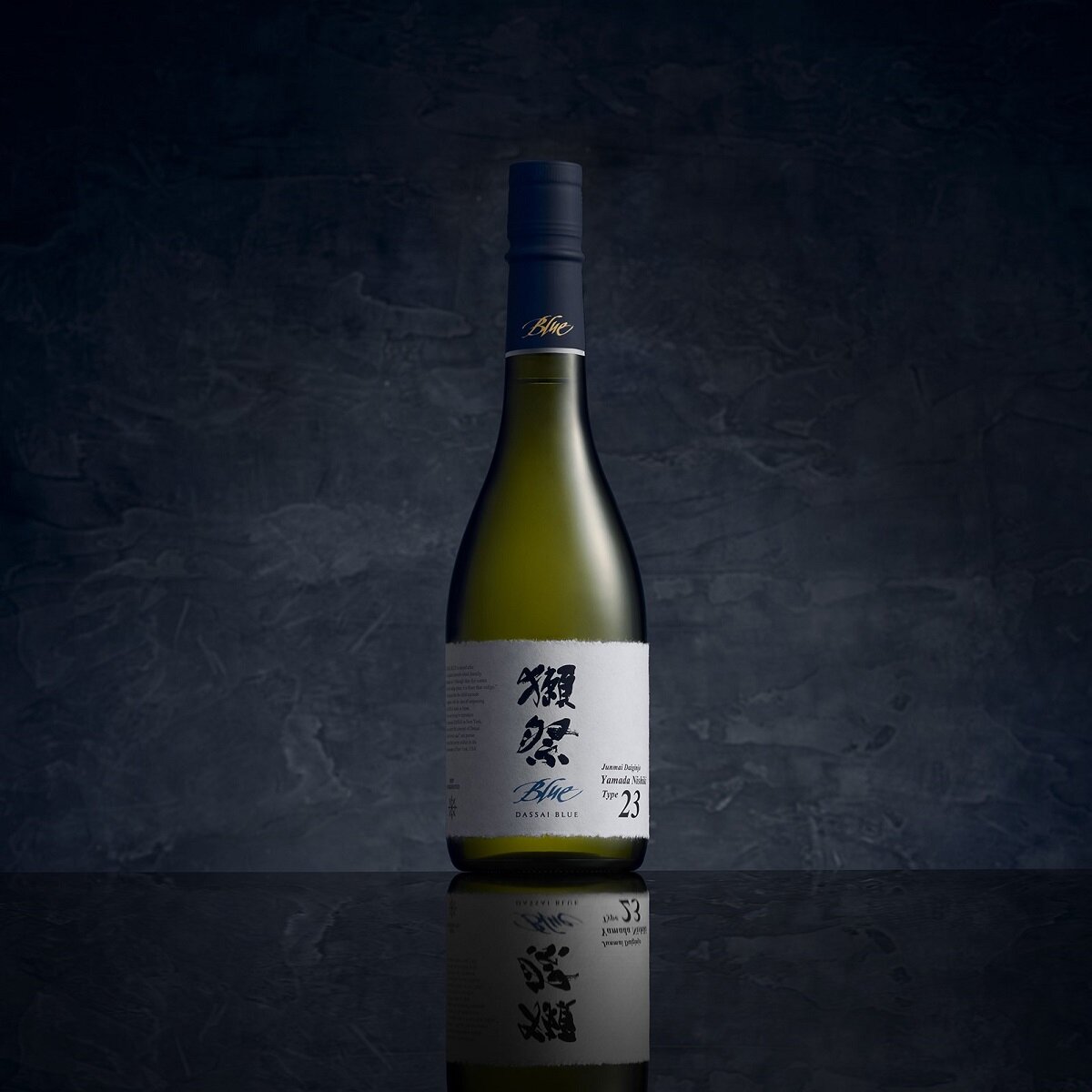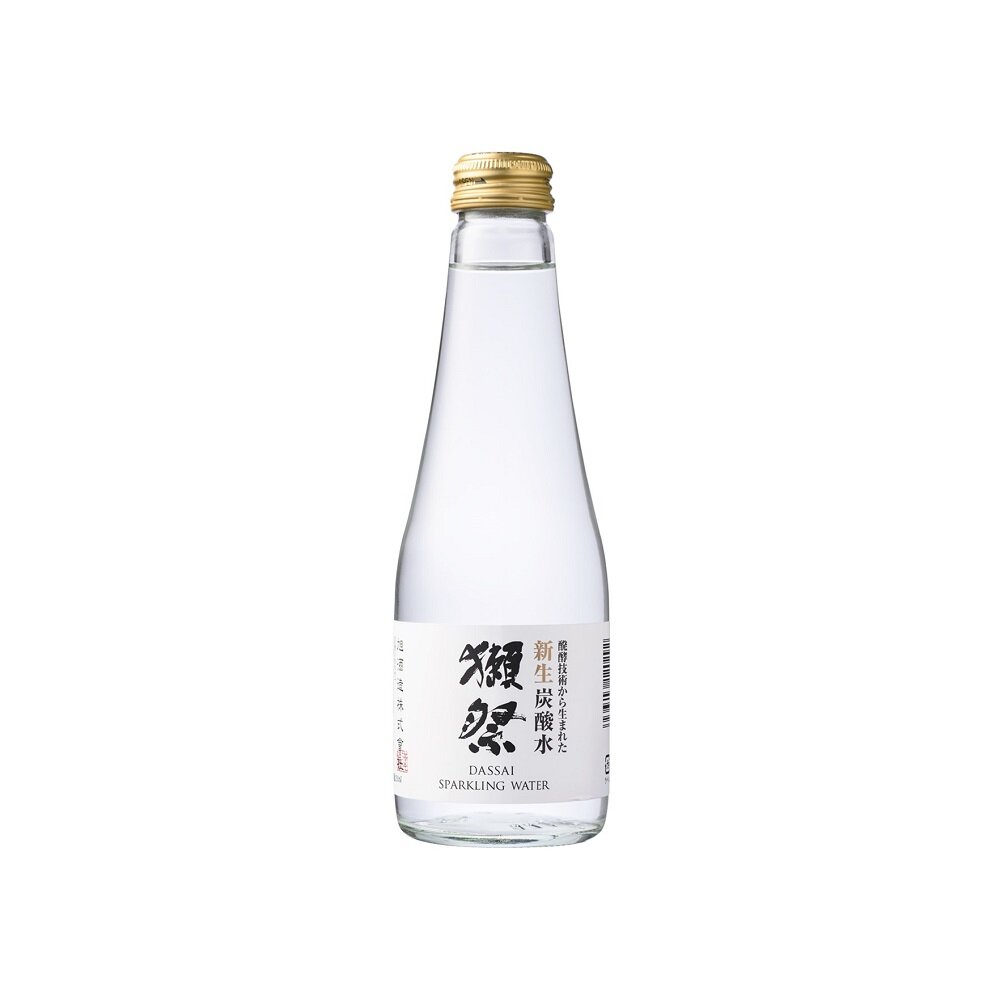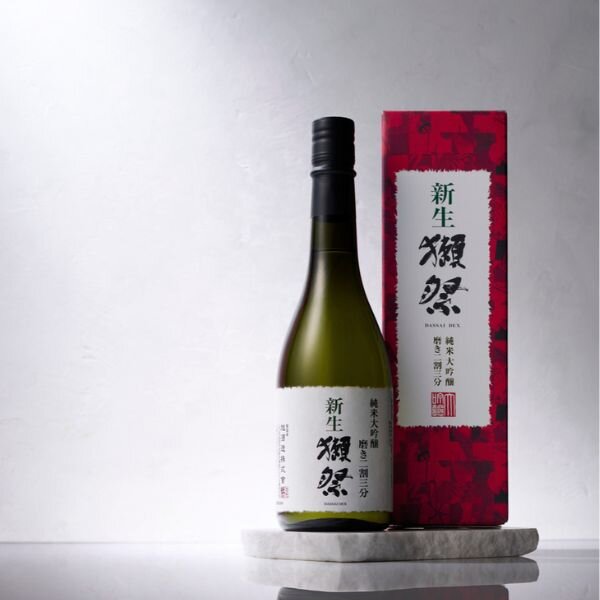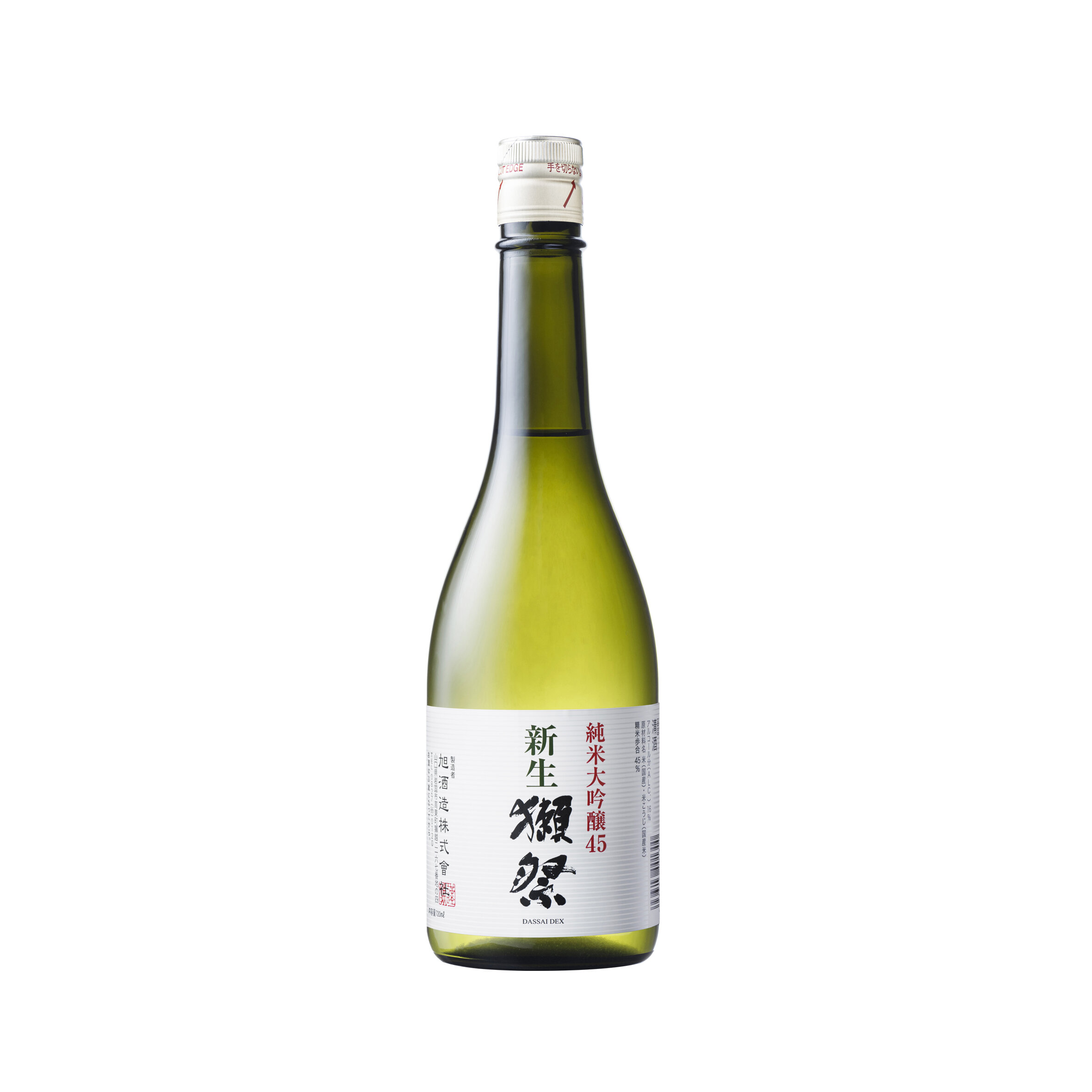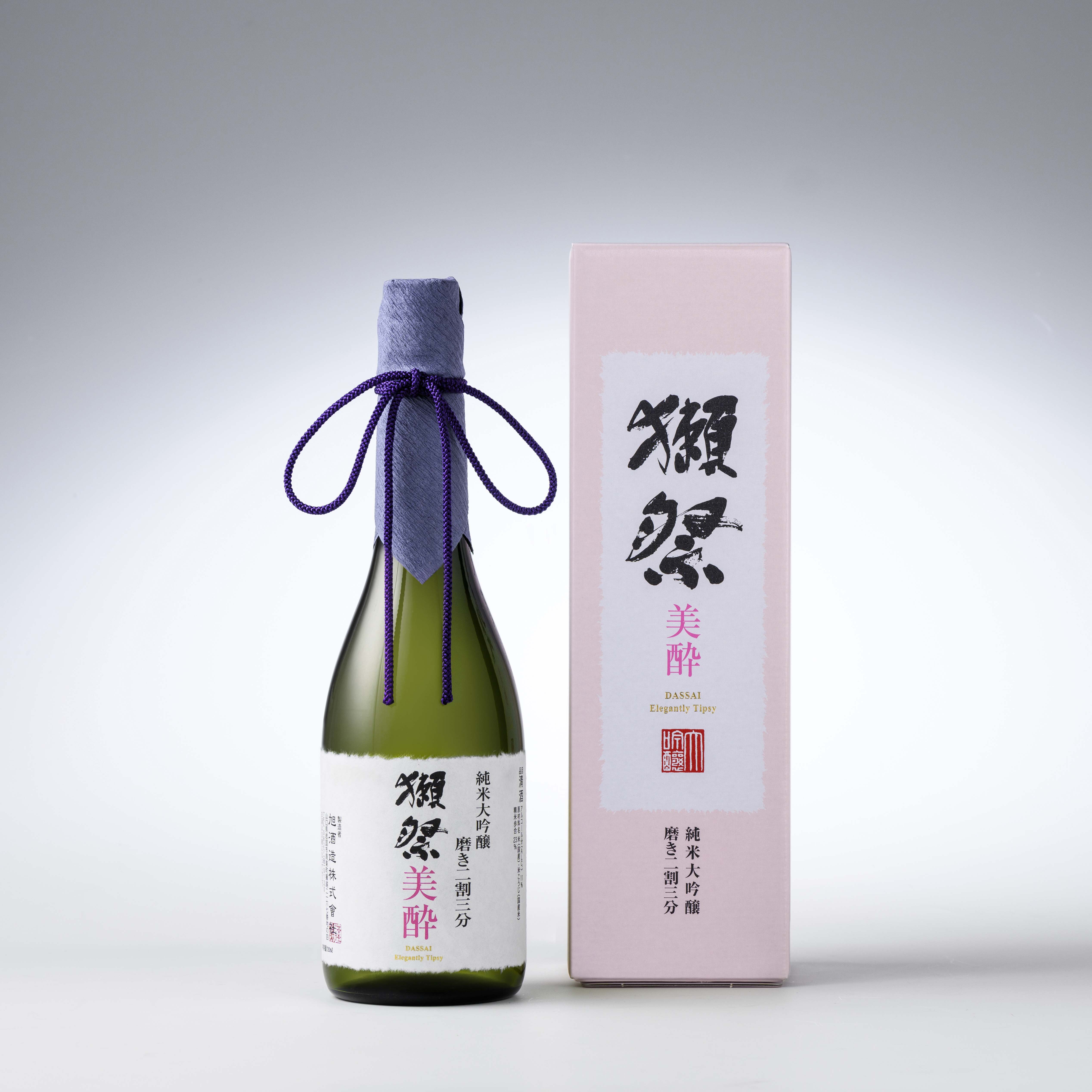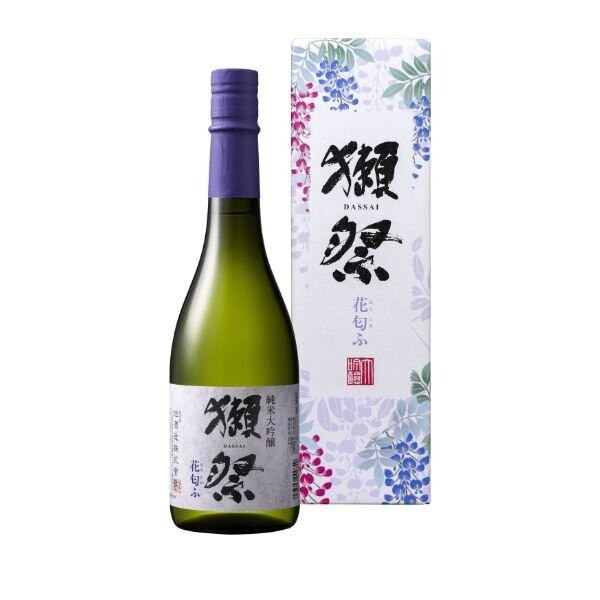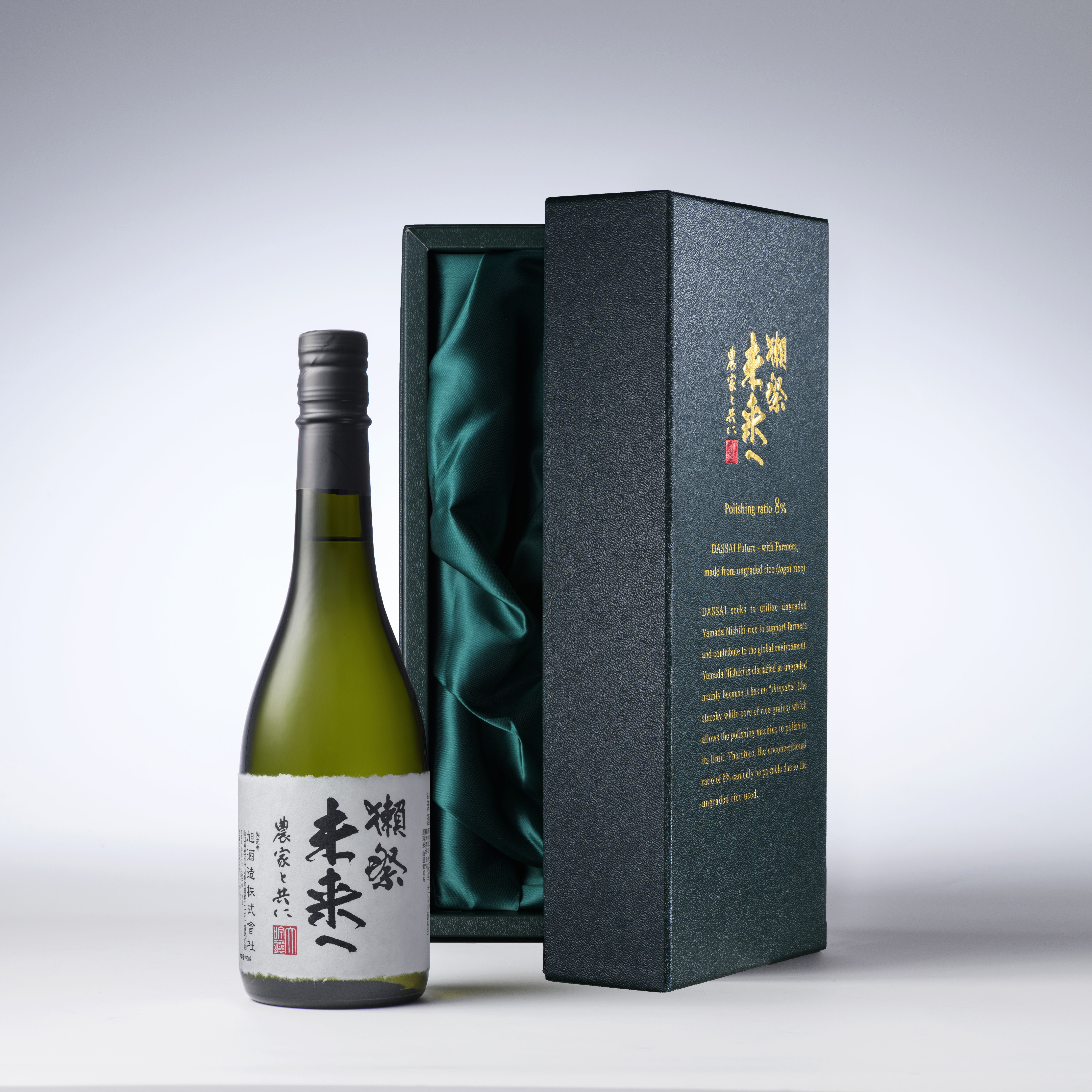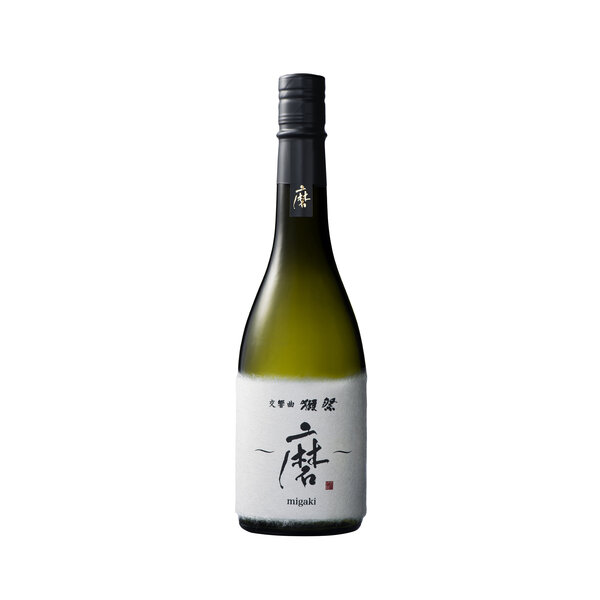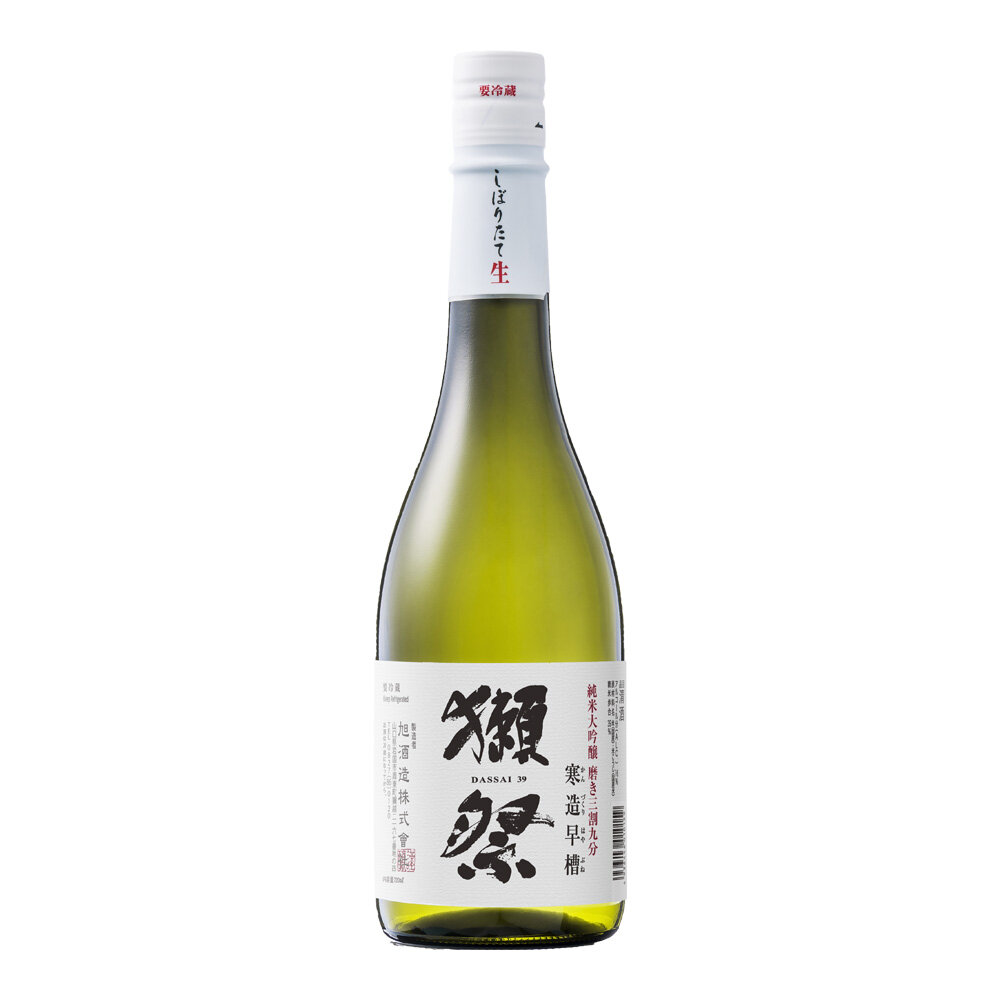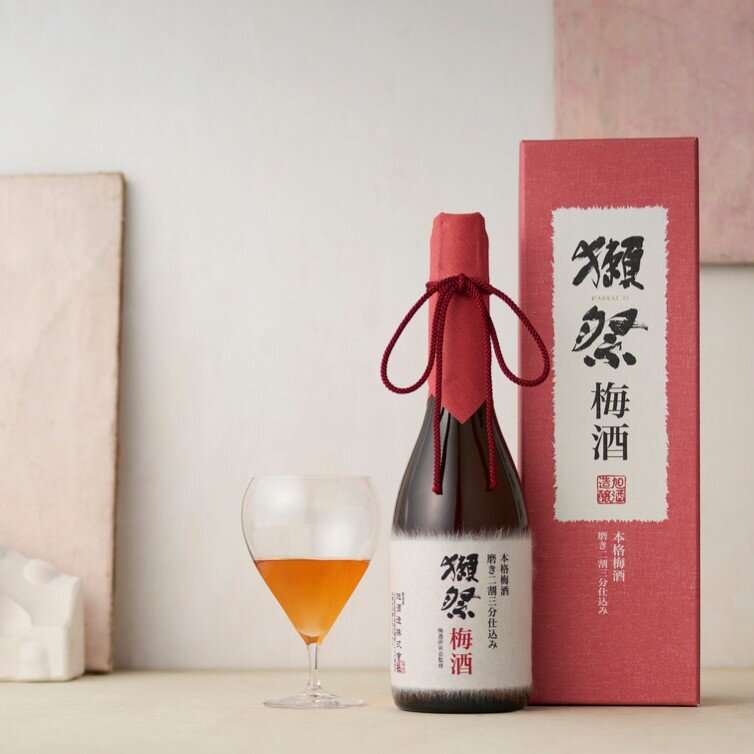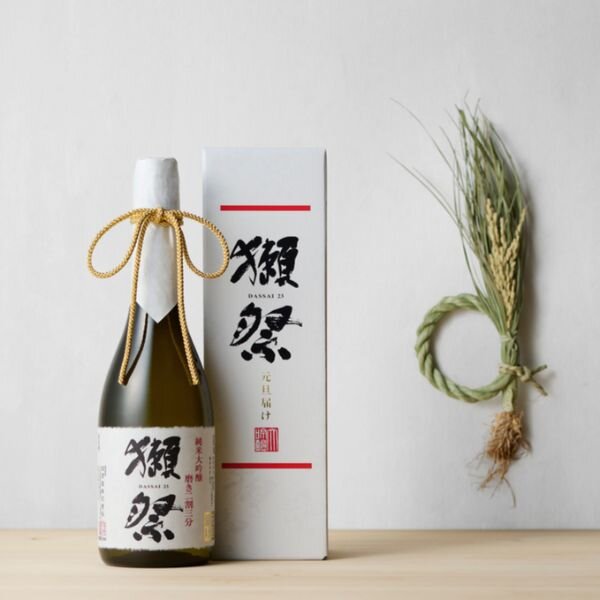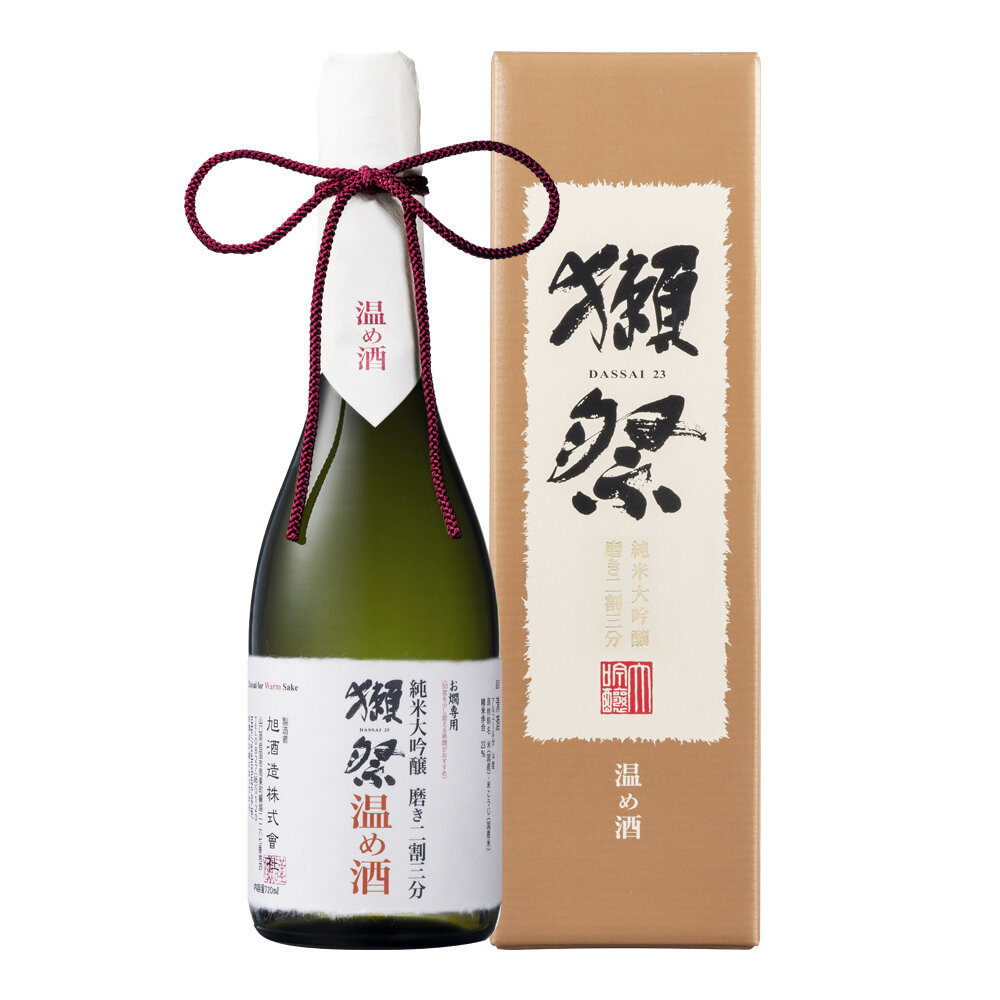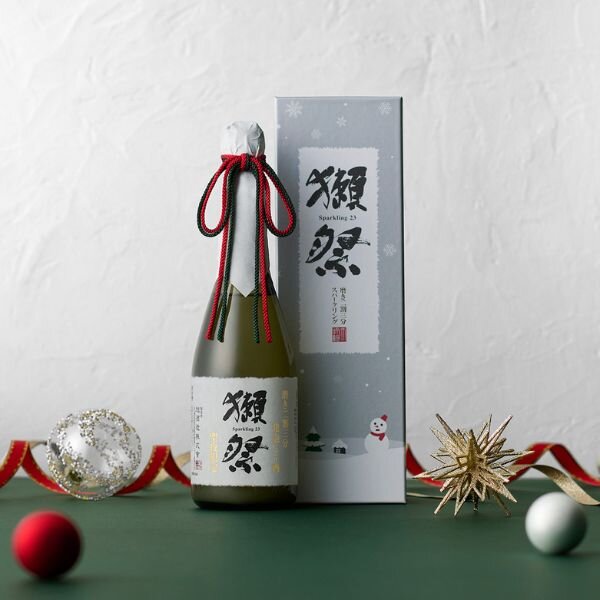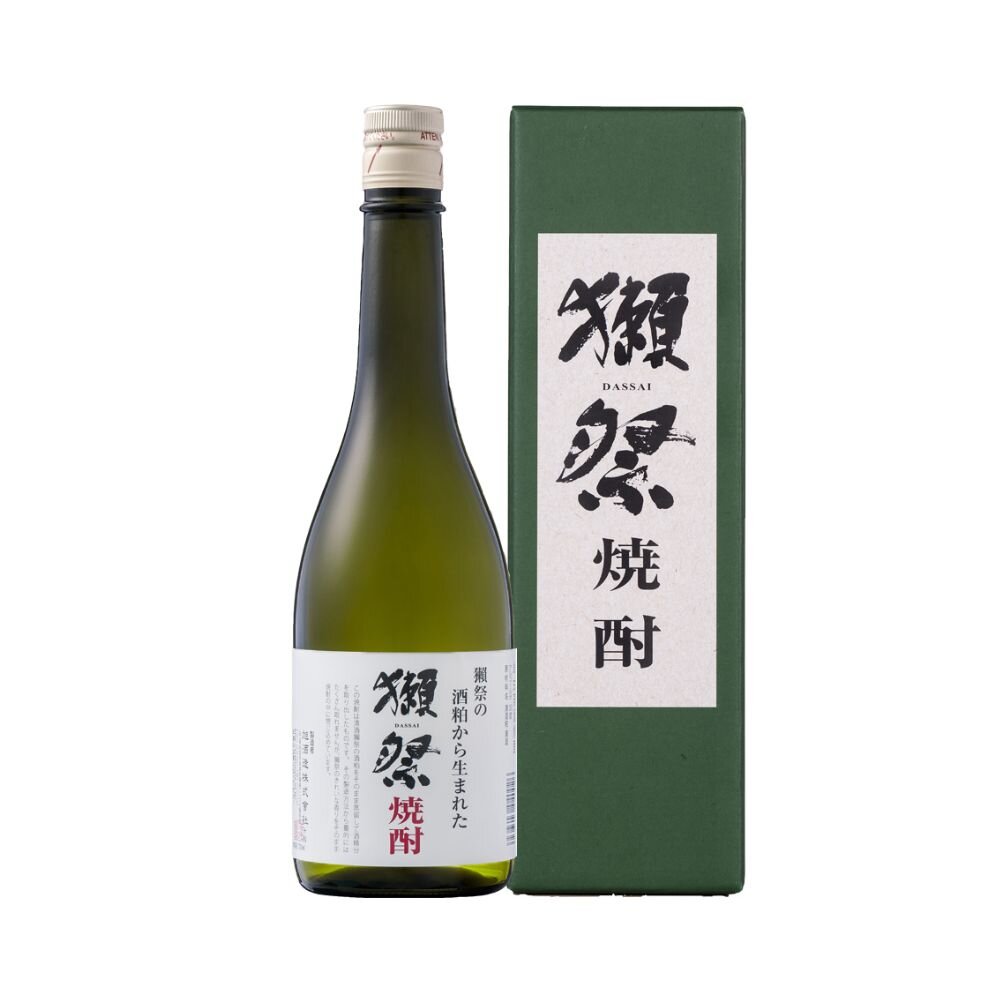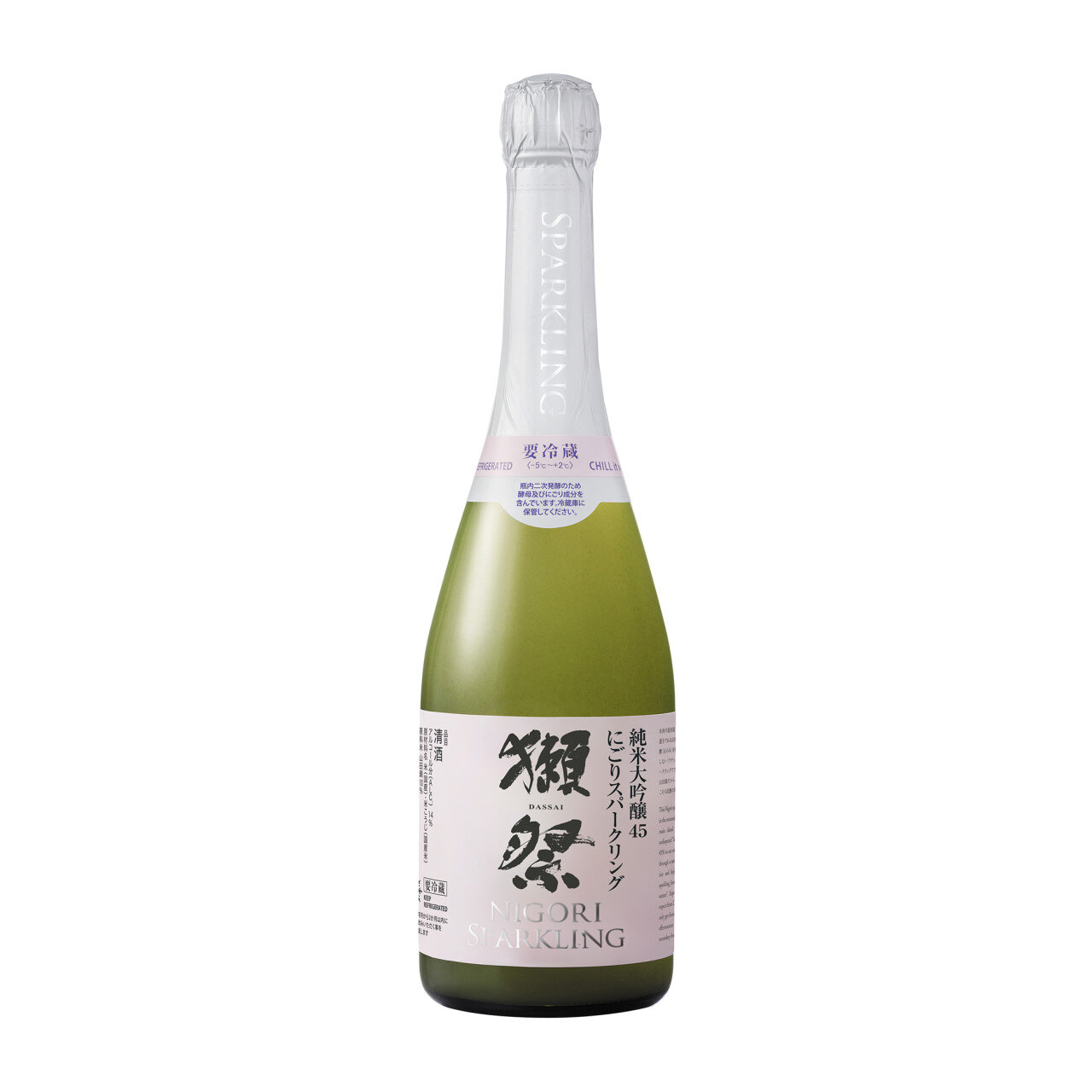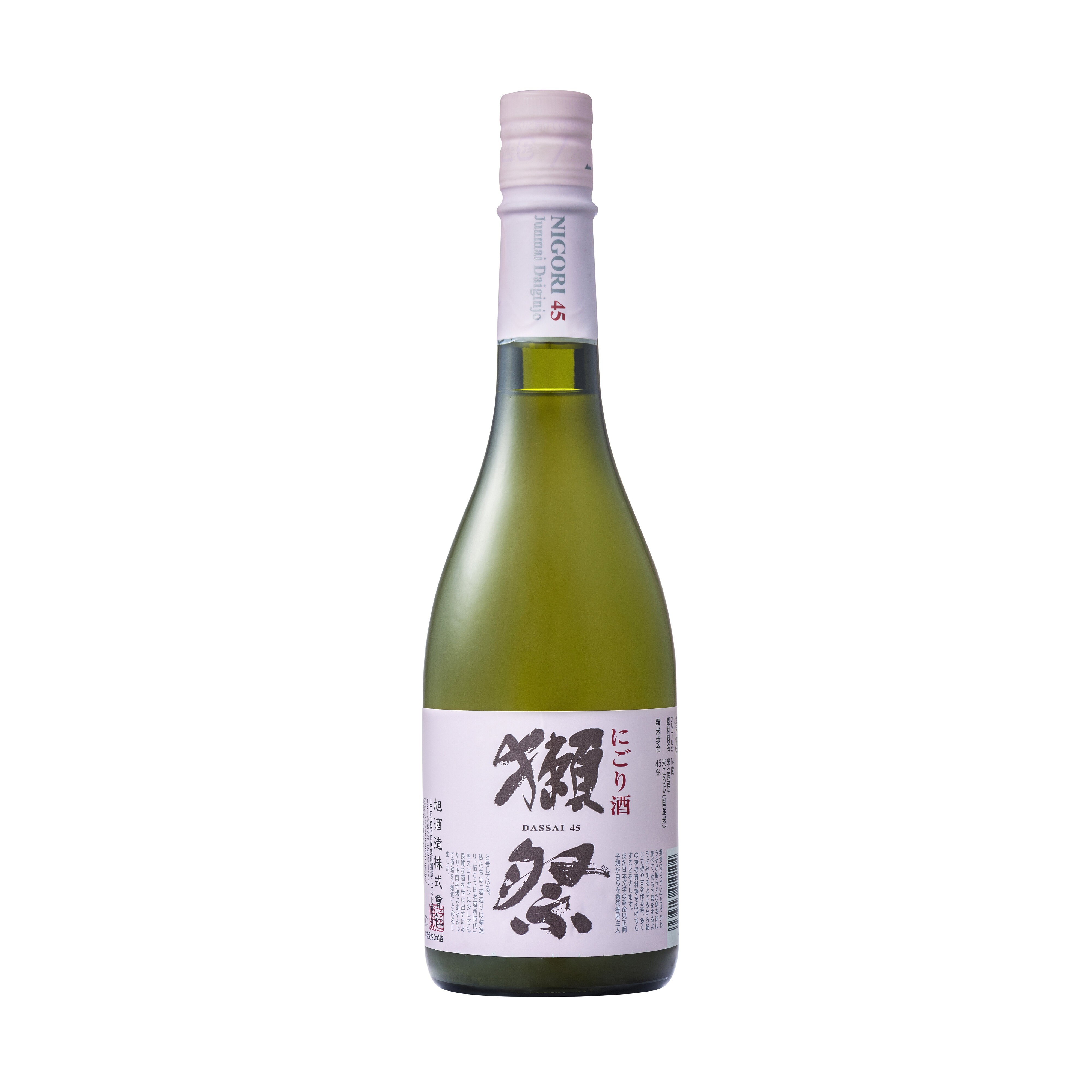Not Wanting to Waste
Even a Single Grain of Rice
Yamada-Nishiki is a sake rice that, even when grown with the utmost care by the best farmers,
inevitably produces 5~10% of Togai (out-of-grade) rice.
With tears, farmers have been selling Yamada-Nishiki Togai rice at low prices.
Thus, the existence of Togai rice is a burden which bores down heavily upon farmers.
We, Asahi Shuzo, are a sake brewery that strives in symbiotic relation with farmers.
Therefore, dealing with Togai rice, is a challenge which we cannot abandon.
We have searched endlessly for a way to utilize Togai rice.
Finally, we have come to a decision. It takes tremendous effort,
But the result is a luscious sake that can only be accomplished with Togai rice.
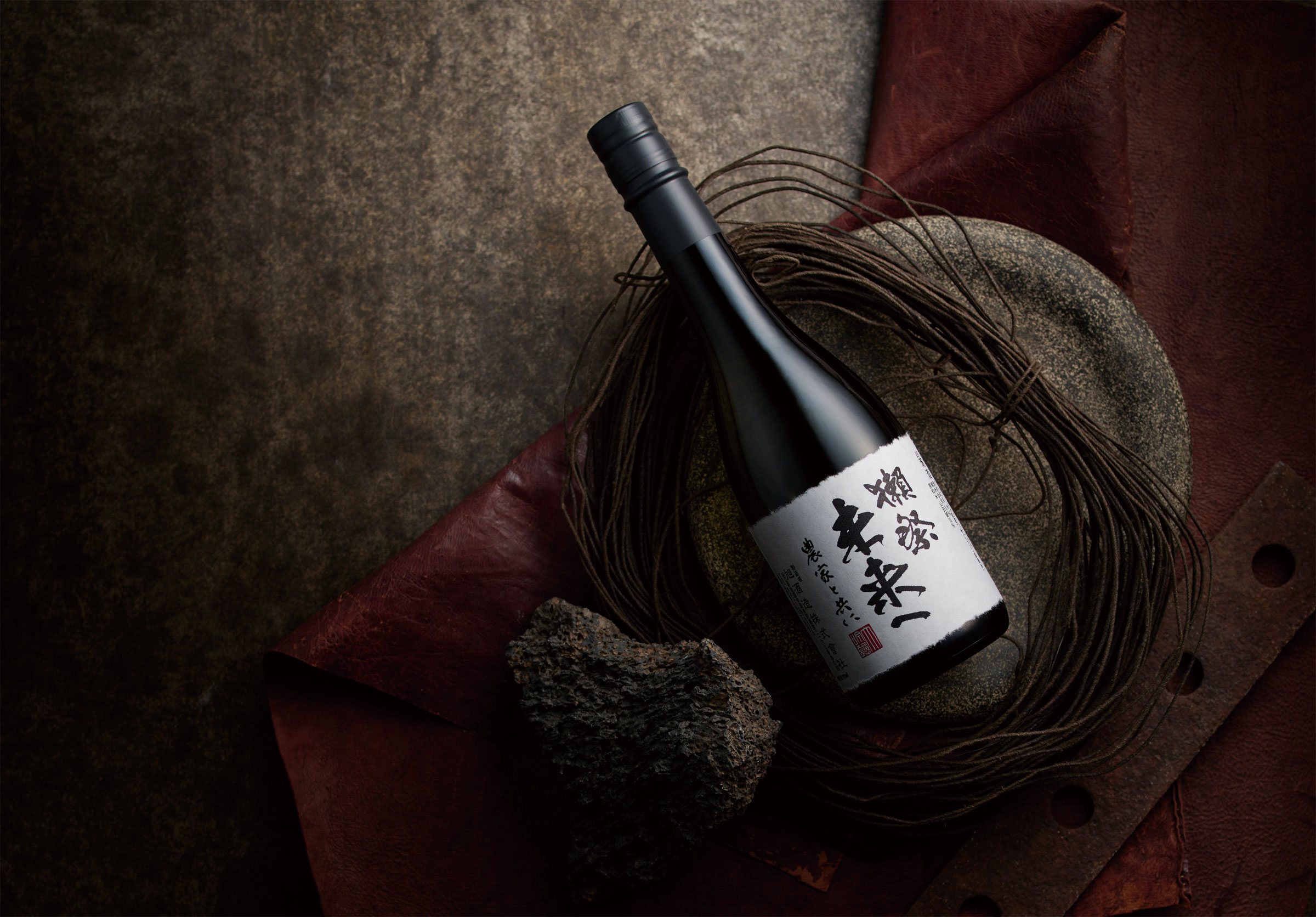
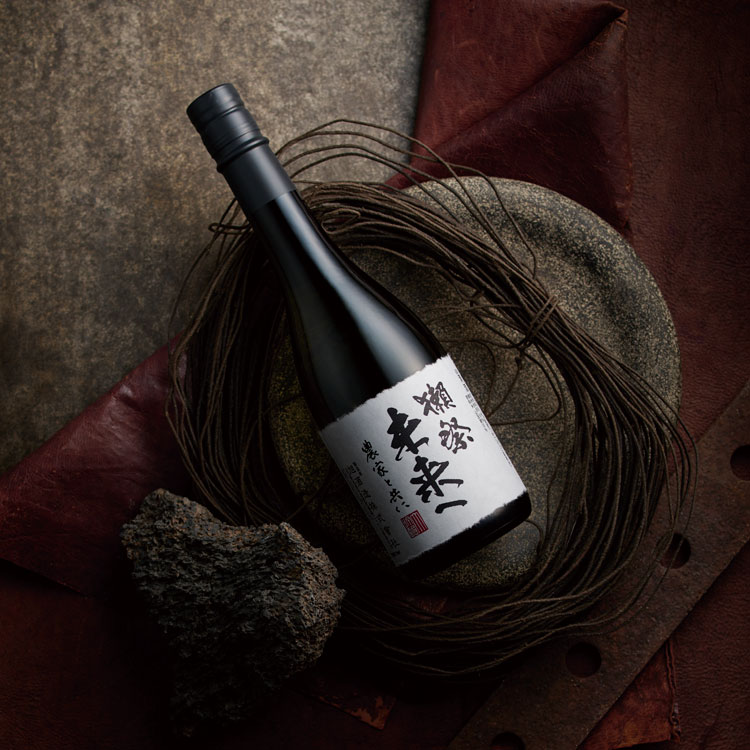
Copernican Shift in Perspective:
Togai rice Can be Polished Further
There are two main reasons why Togai rice cannot be graded. The first being “poor uniformity of the grains”, while the second reason is “low percentage of shinpaku (starchy core)”.
One day, an idea defying common sense was conceived during our internal study session. “If shinpaku is absent, doesn’t that mean we can polish the rice at a higher ratio than ever before?” Shinpaku is the beauty of Yamada-Nishiki. On the other hand, it is also a double-edged sword, as the core will crumble when the grain is polished more than a certain extend.
So, we decided to try polishing the rice to the limit of the polishing machine. There is a mesh inside the rice polishing machine to sift out broken grains. When the size of the grain is less than 6%, it will fall through the mesh as rice bran. With that, we decided to set a margin and aim for an 8% polishing ratio. If we succeed in polishing the rice down to 8%, the poor uniformity of Togai rice will no longer pose as a problem.
After going through great pains, the rice polishing staff successfully achieved the 8% polishing ratio with Togai rice. The resulting pure, white grains were very beautiful; only slightly larger than a grain of rock salt. The brewers in charge of koji were equally anxious as to whether this rice could be used as koji.
Although the saccharification strength was low, the 8% grains turned into excellent koji. Moreover, the sake produced carries a unique charm, thanks to the high polishing ratio.
In the past, we released a product called called DASSAI Togai. We were confident in the taste of said sake, though unfortunately low-priced. I have bitter memories that the sake gained attention only because it was uncostly. As for DASSAI Future – with Farmers, we are proud to present this special sake that will satisfy those who truly understand the significance of using Togai rice.
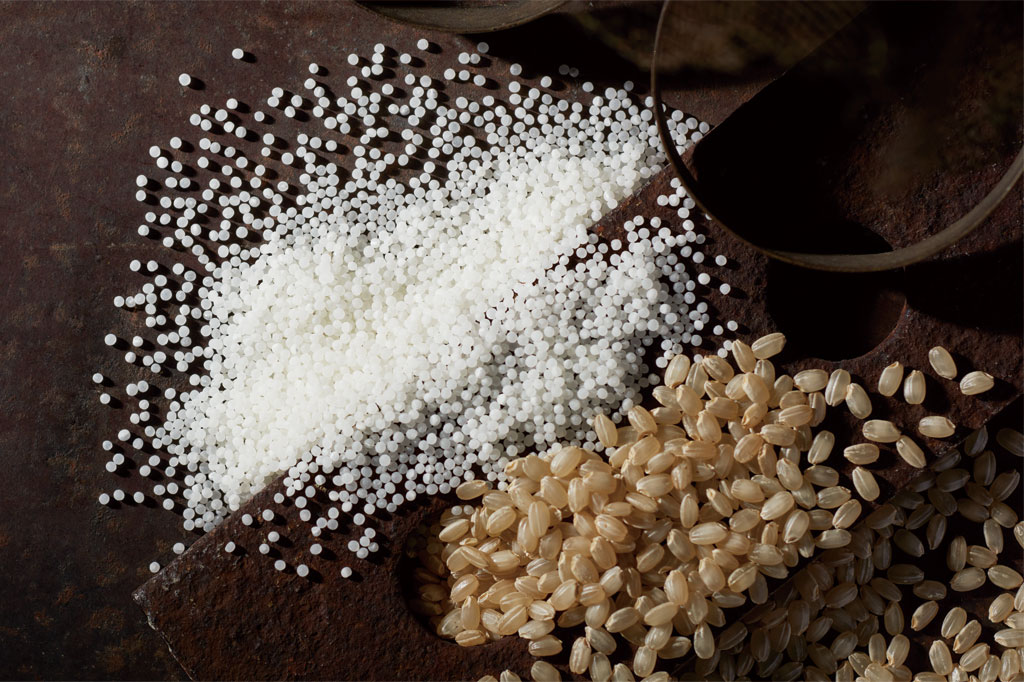
The Man who Polished Rice to 8%
Over the Course of 10 Days
Shoji Ide, who oversees rice polishing, recalls how he felt when he was told to polish Togai rice to 8%. “My first thought was, ‘What!? Can we really do it?’. However, this is totally new for me so I was anxious yet excited at the same time.
When he actually started the work, Mr. Ide found himself in an unexpected situation.
“When rice is polished to 8%, it becomes so light that the machine runs idle. This does not happen for the rice used in DASSAI 23, which is polished to 23%. Therefore, we gathered the rice polished by several polishing machines into a single machine and further polished it. This step was very time-consuming. The whole process took 10 days, about 2.5 times longer than usual. I remember wondering how long it would take to finish polishing the rice.”
Mr. Ide says that he was overjoyed when the rice polishing was complete after all the hard work.
“Looking at the polished rice, I was extremely pleased to see that the polishing went well. Polishing Yamada-Nishiki to such heights were unheard of, therefore I felt a great sense of accomplishment. Recently, a trend competing rice polishing ratio is going around. I am not a fan, but as someone in charge of rice polishing, successfully polishing rice to 8% is a big boost of confidence for me.”
DASSAI currently sources Yamada-Nishiki from 22 prefectures. Mr. Ide makes it his daily routine to observe and understand the nature of the rice, then polish it in a way that the rice will produce DASSAI’s distinct flavor, regardless of its origins.
“Since I see so much rice every day, it delights me that the rice which farmers have spent so much time and effort to grow does not go to waste. Therefore, I take pride in our successful challenge.”
Shoji IDE, Rice polishing team
Born in 1977. Prior to joining Asahi Shuzo, he worked as a sales representative in the Kansai area. Since becoming a part of Asahi Shuzo, he has honed his skills in rice polishing.
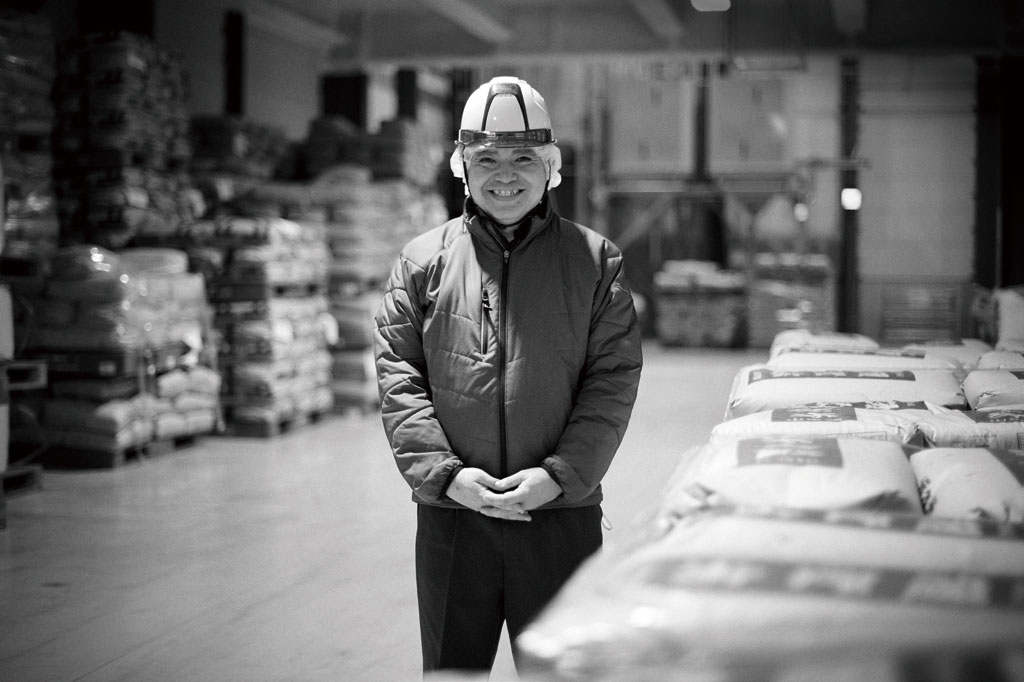
Rice Grown by Farmers
Comes Full Circle in the Form of Electricity
Rice bran is an inevitable by-product when making DASSAI’s daiginjo sake. When Yamada-Nishiki is polished to 23%, the remaining 77% is reduced to bran.
We purchase some 9,000 tons of Yamada-Nishiki annually, and expect about 6,400~6,500 tons of rice bran. DASSAI has always considered how to utilize this by-product. We used rice bran as an ingredient for mirin (sweet cooking sake) and other food products.
We also endeavor to reduce waste as much as possible. For example, DASSAI Amazake made from Togai rice has been highly acclaimed. A good sake produced also leaves behind a certain amount of sake lees. DASSAI Shochu distilled from these lees is becoming increasingly well-known as well.
We did not stop there, but instead re-fermented the shochu lees created in the process of making shochu and put them to good use. This is an industry-academia joint project with Yamaguchi University to ferment ethanol from residues and wastewater generated during production. Consequently, the ethanol produced from various processes is used as rubbing alcohol. It also serves as a generator for electricity. Ultimately, an engine generator running on hydrous ethanol will be installed at DASSAI to test the entire electricity generation process. The plant dedicated to this test has finally been complete.
DASSAI’s efforts are still far from enough to live up to the SDGs and a “sustainable recycling society”. However, there is no doubt that we have always been pursuing what we can accomplish as a sake brewery. We don’t want to waste even a single grain of rice. We want to reduce waste as much as possible. DASSAI Future – with Farmers fully encapsulate this vision.
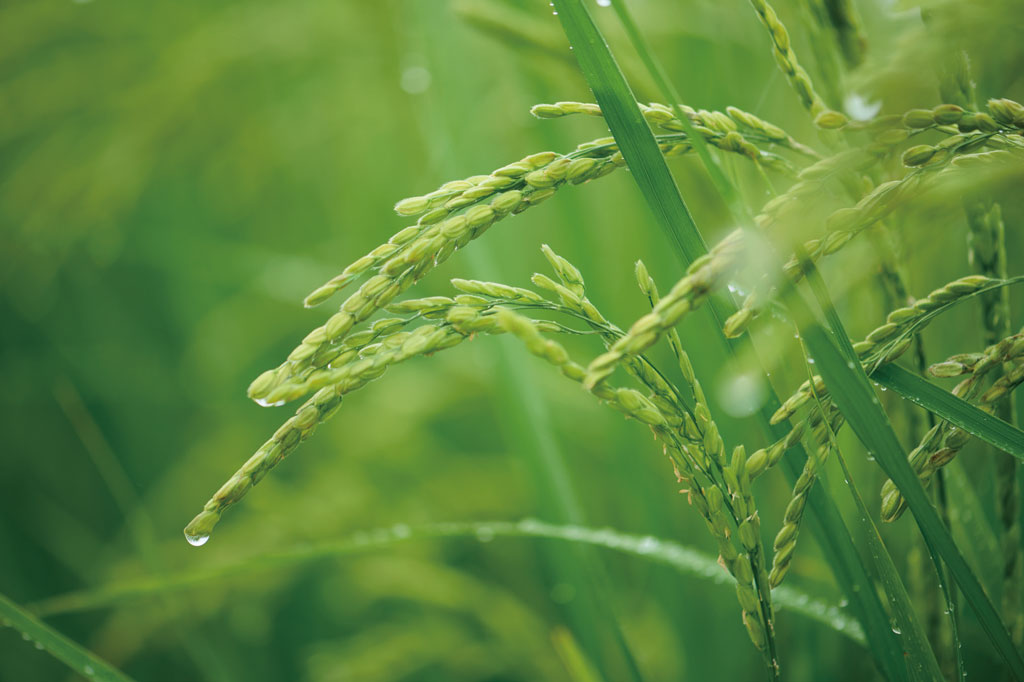
Creation and Innovation: DASSAI Takes on the Challenge
DASSAI Future – with Farmers
Yamada-Nishiki polished down to 8% of the original grain weight.


